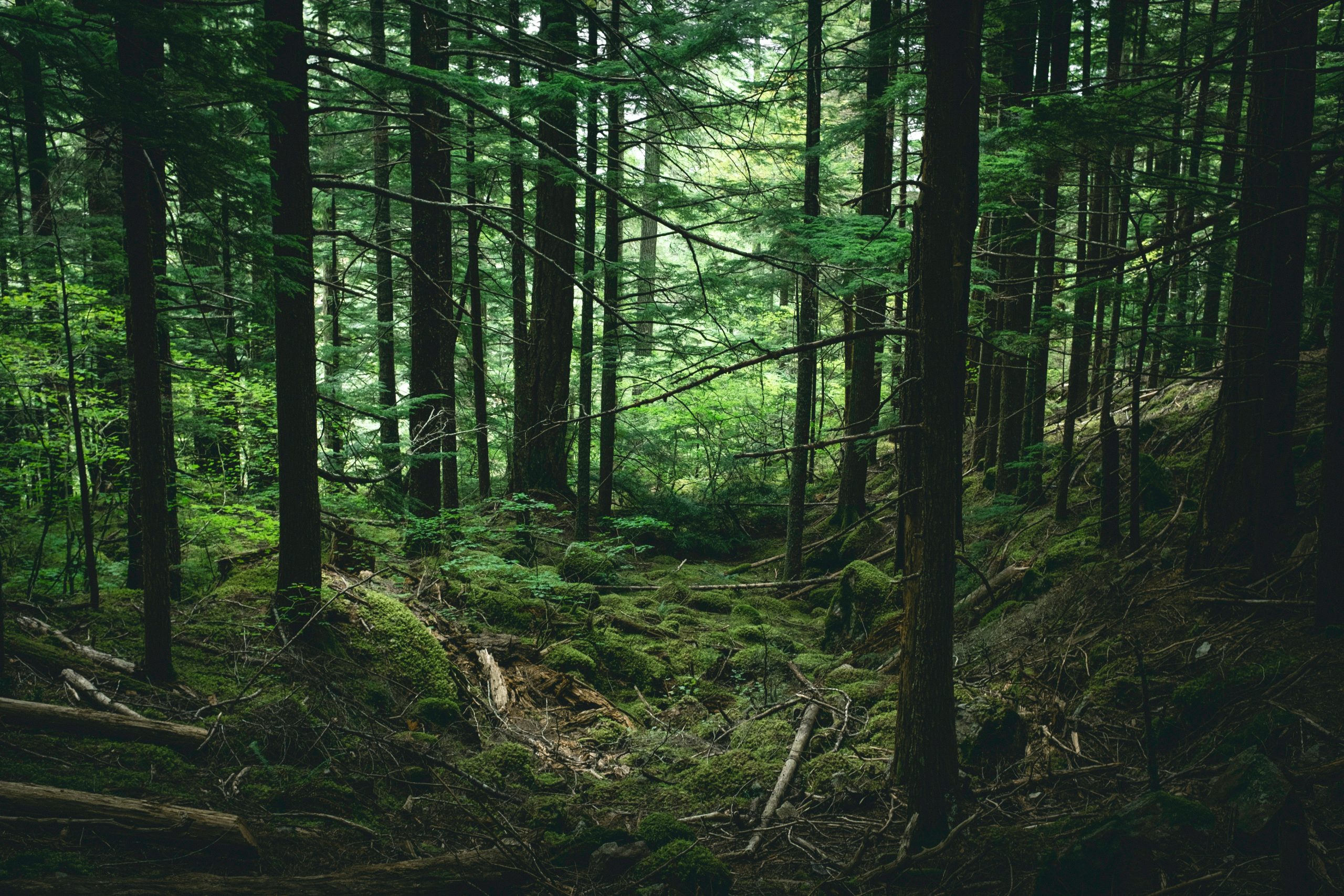
French forests
French forests account for nearly 31% of national land and cover nearly 17 million hectares, twice as much as 200 years ago. The forests provide rich biodiversity, improve water and air quality, provide wood and energy, and store carbon.
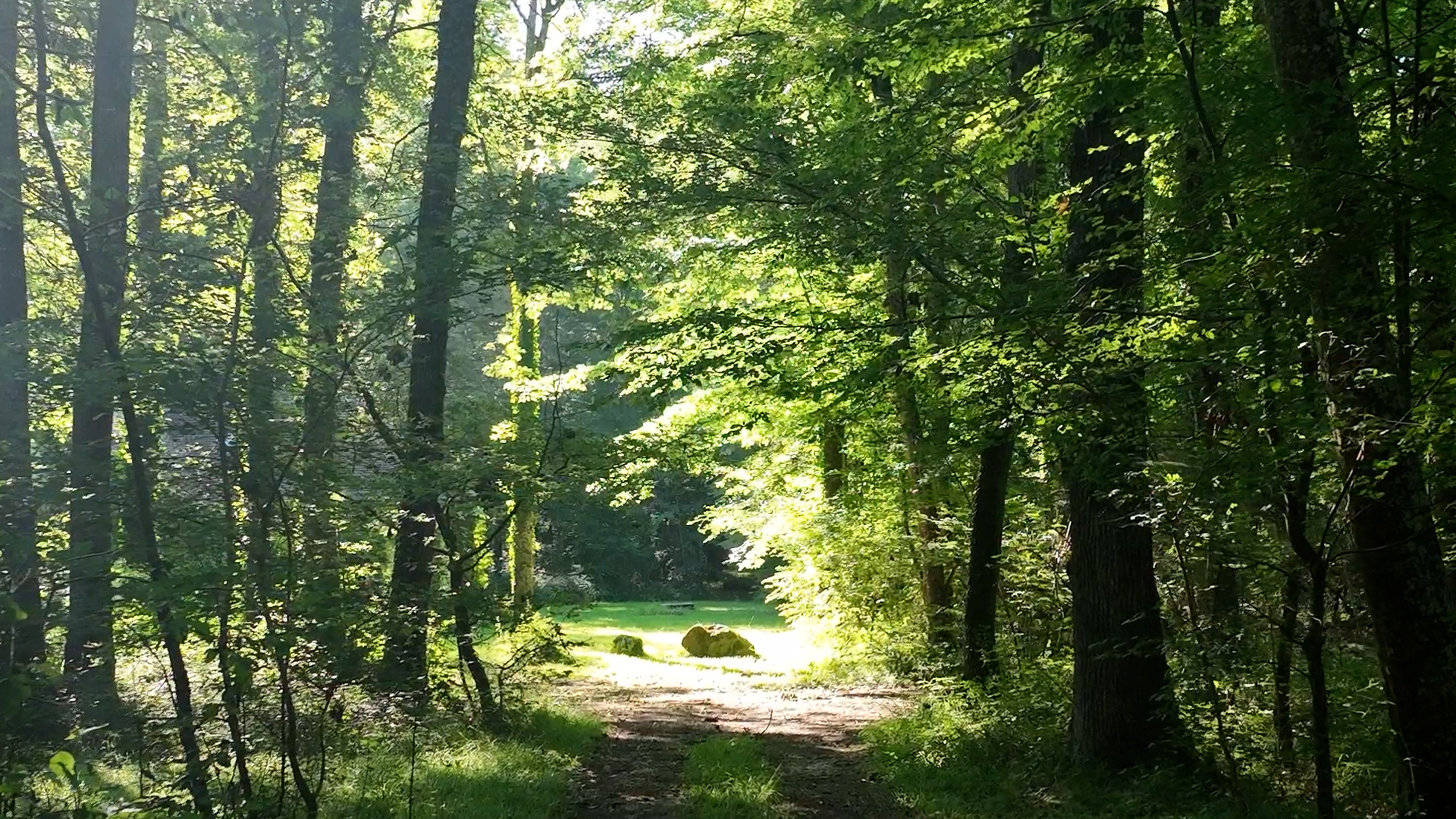
Composition of French forests
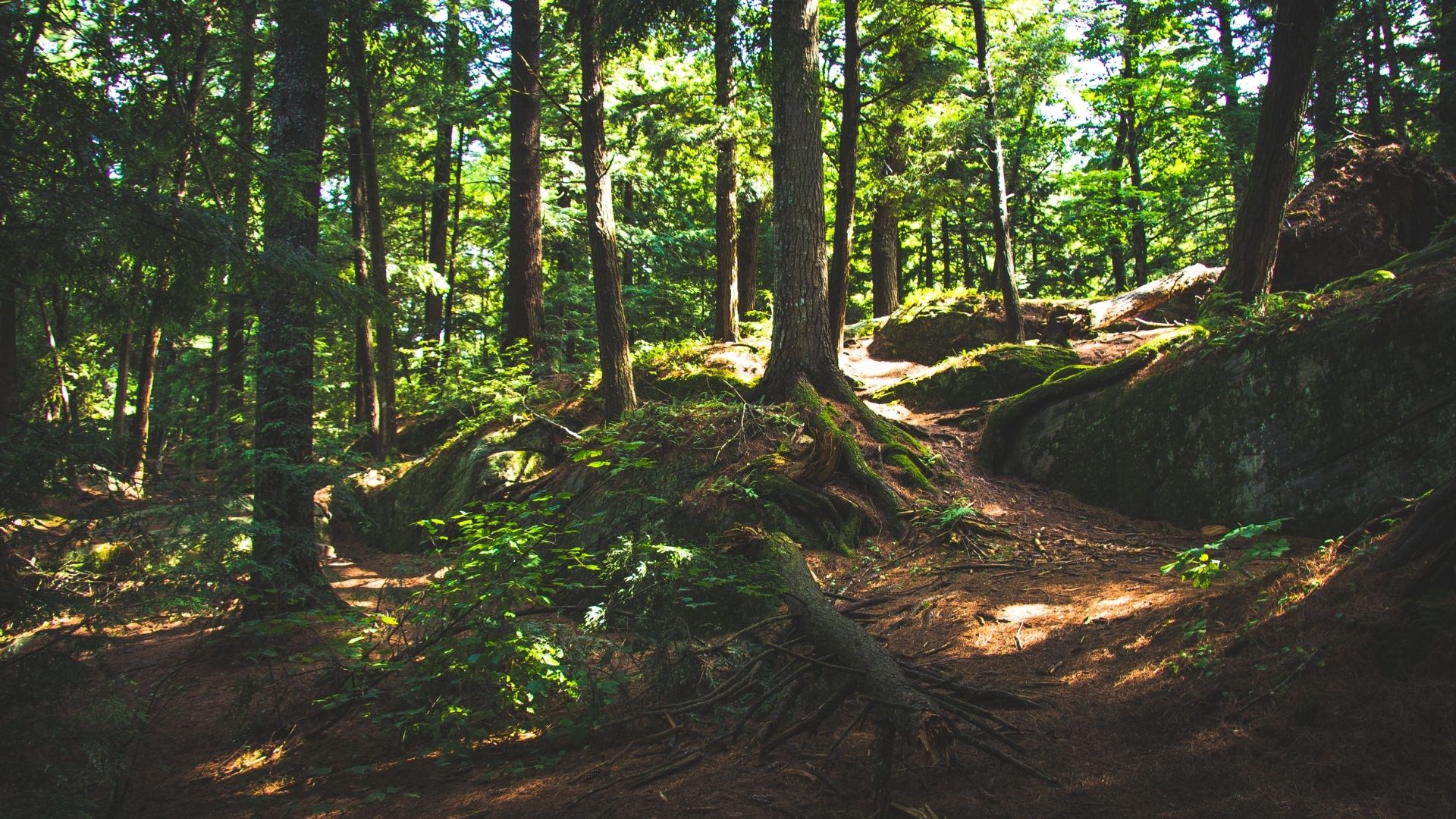
French forest logging
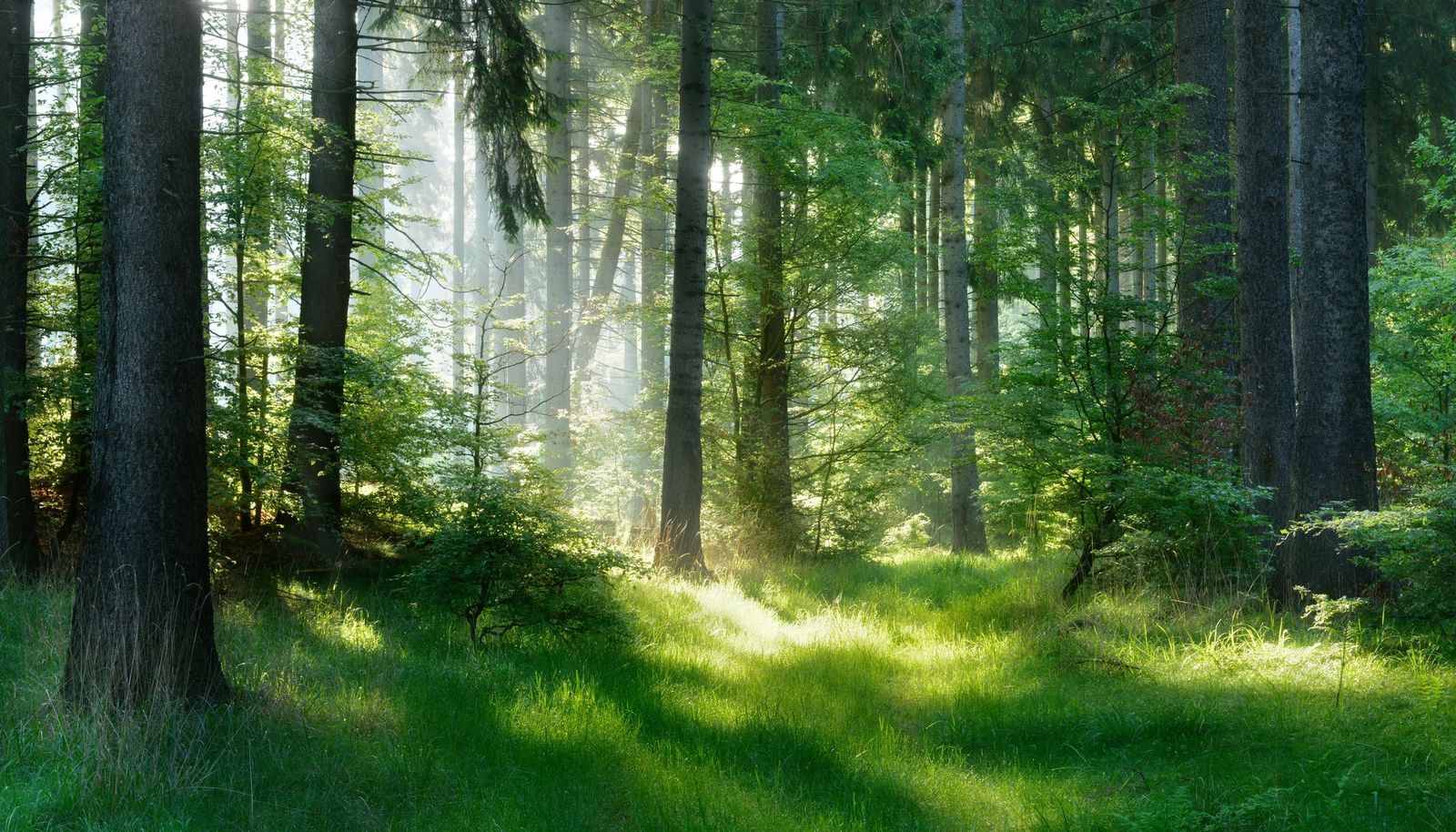
The wood sector in France
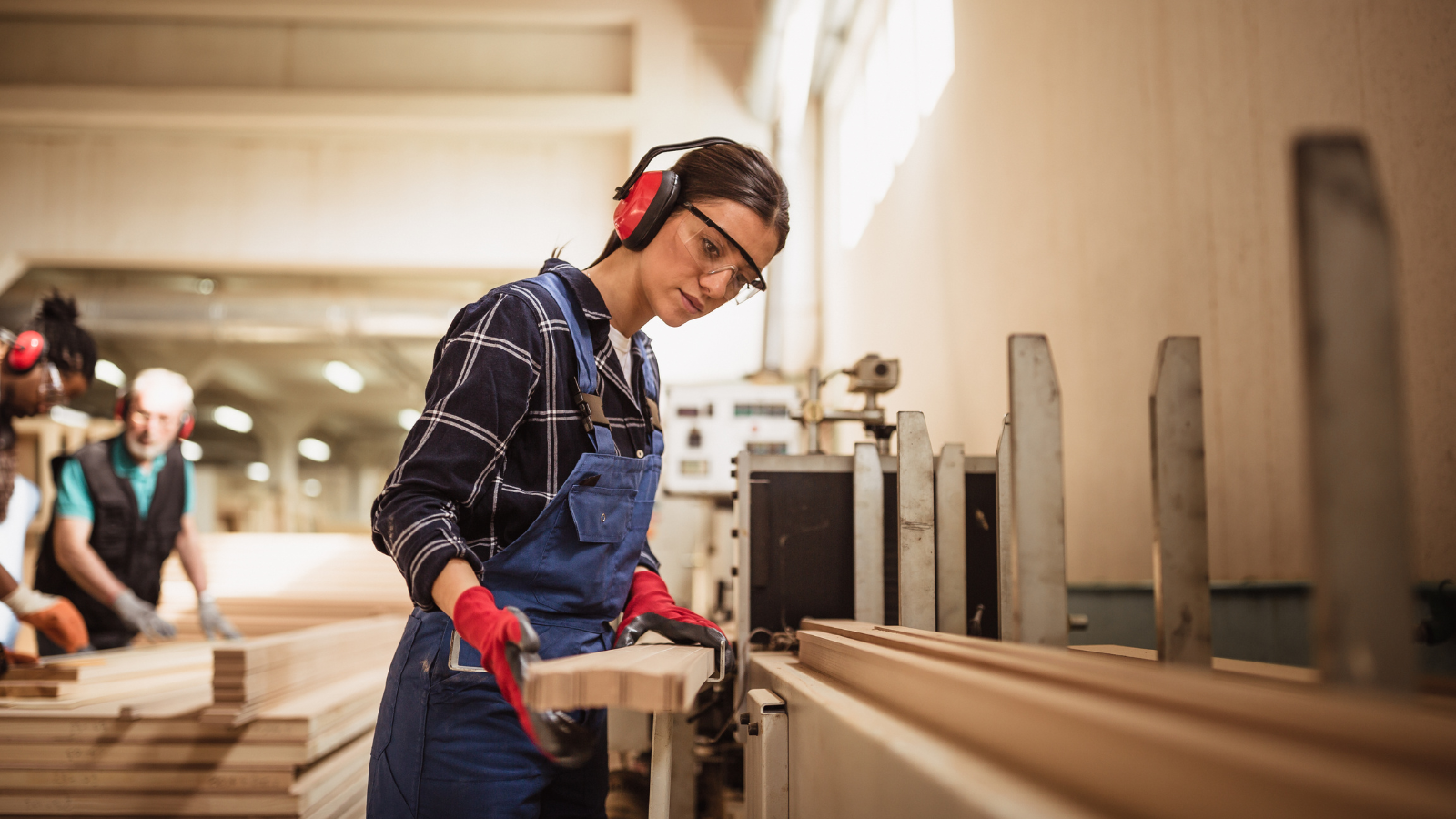
How does France Valley choose and assess a forest ?
Species
Search for species with an outlet (staves, parquet floors, furniture, construction, agglomerates, energy wood, etc.), planted or implantable species adapted to the soil and climate.
Soil
This is the most important element. The nature of the soil determines the capacity to build a forest. This is productive capital. Mineral wealth, acidity, capacity to filter or store water, their depth before the parent rock, the nature of this parent rock,
will allow us to know if the existing stands are in place and are likely to be of quality. A simple measure to find out: look at the height of the trees, because the higher they are, the better the soil.
Climates
The rainfall history makes it possible to verify that the species in place will benefit from enough water. The average annual rainfall in France is around 600 millimeters, but much more can be found, for example, in central Brittany, and generally at altitude. The regularity of precipitation,
without a big gap during the summer, is also important. The climate is also the temperatures in winter and summer, which will vary according to the continental, oceanic and mountain influences of each station. The exposure of the forest, in the case of a slope, will also determine the forest atmosphere.
Global warming is data integrated into the analysis of a forest. If, for example, today the pedunculate oak is “in station” in the Vienne department, it will be appropriate to renew the stands by choosing sessile oak instead, which is more frugal in terms of water.
Volume
Although this cannot be considered as a rule, we often see that in production forests the value of standing timber represents around 75% of the total economic value of the forest. This is the value of the harvest possible in the forest. To determine this volume,
it will be possible to make a foot-by-foot inventory of stems over 30 cm in diameter. It is also possible to make a statistical inventory, based on several surveys carried out in sufficient numbers in the forest. Each tree counted will have a diameter, an operating height (before branches) and a taper factor,
which will allow its volume to be determined. Once the volume of timber has been determined, the volume of the crowns and coppice (fuelwood and energy wood) will be evaluated.
Quality
A single tree will have several uses. The first meters of the trunk, up to the first major branches, will be used for lumber. This is the log. The longer it is, the more lumber we will have. The straighter this log is, the fewer defects it will have (twist, cracks, frostbite, damage), the more sought after it will be.
The most beautiful specimens will go to cooperage, sometimes to carpentry. Then going up in the log, it will go into parquet floors, frames, pallets then crushed to make chipboard or cardboard and paper. The crown will make it possible to make firewood, energy wood, which will sometimes be sold separately from the log.
All these qualitative elements are assessed to determine the value of the standing timber.
Maturity
A forest is rarely something uniform. There we find stands which will often be of different ages. When visiting a forest, we can therefore ask ourselves what exploitation program will be applied to each forest plot, therefore what income could be received and what investments should be made,
according to the maturity of the forest, according to the operations already carried out. It will be necessary either to respect the current Simple Management Plan (obligatory for any forest of more than 20 hectares), or to have a new one approved. To obtain income as regular as possible, it will be interesting to diversify the maturities,
what a Forestry Group can do, with several forests. During their evaluation, mature stands will be retained for their immediate consumption value, and the discounted future value of younger stands will be retained, the discount rate used determining the expected return on the operation.
Access
A beautiful forest, rich in mature wood that can bring immediate income is very good, but if it is not possible to find this wood, it is useless. The means of access to this forest, the proximity of major roads, but also the means of circulation within the forest (density and quality of the paths) are determining factors.
In mountain forests we will pay particular attention to the slopes, which can increase the cost of harvesting the woods.
Land
The bare land value depends on the quality of the soil, but also on the configuration and location of the forest. A large area in one piece, without roads or communal paths, close to major roads and dense residential areas will obviously have more value than a small, fragmented forest far from everything.
